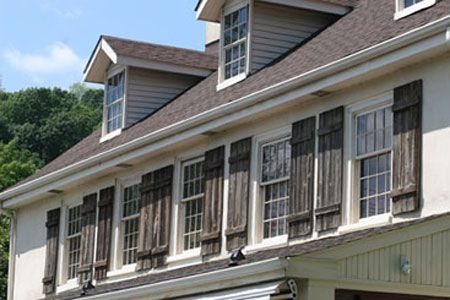Windows are essential home components, providing natural light, ventilation, and aesthetic appeal. This guide will explore the dos and don’ts of window selection, maintenance, and renovation to help you make informed decisions. From respecting the architectural integrity of older homes to embracing modern energy-efficient options, we’ll cover everything you need to know to enhance your home’s windows.
Respect Your Elders When it Comes to Windows
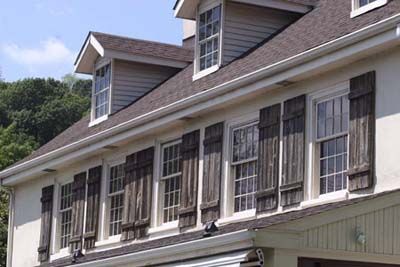
When renovating or adding windows to an older home, it’s important to maintain the structure’s architectural integrity. Matching existing windows’ style, size, and proportions helps preserve the home’s character.
Start by researching its architectural style to understand its typical window designs. Using similar materials and finishes will help blend new windows seamlessly with the existing structure. If your home has significant architectural value, consulting with a historical preservation expert can help you maintain its integrity.
To preserve authenticity, custom-made replicas might be necessary for older homes with unique window styles. Additionally, be mindful of local ordinances that may regulate alterations to historic properties.
Protect Your Old House From Bad Storms With the Right Windows

While older windows may lack energy efficiency, balancing conservation efforts with preserving historic character is important. Storm windows can provide an effective solution without compromising the home’s appearance.
Consider custom-fit options that match the existing window frames for a cohesive look. Low-profile designs are ideal, as they minimize visual impact on your home’s appearance. For a more seamless exterior, opt for interior storm windows.
Advanced options with low-emissivity (low-e) coatings can also enhance insulation and energy efficiency. Additionally, make sure the storm windows are easily removable to maintain accessibility to the original windows, preserving both functionality and convenience.
Paint Storm Windows To Match Your Trim
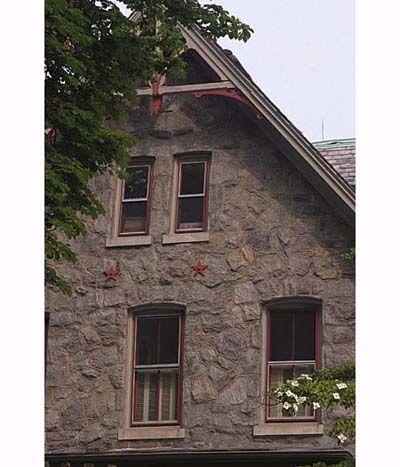
To further integrate storm windows into your home’s look, consider painting them to match the existing trim color. This simple step can make a significant difference in the overall appearance of your home.
Before painting, clean and prepare the storm window frames to promote a smooth application. Use high-quality exterior paint specifically designed for metal surfaces to achieve optimal durability. Apply thin, even coats to prevent drips and ensure a polished finish.
It’s also a good idea to test the paint on a small area first to confirm the color match before proceeding. To maintain their appearance, consider repainting the storm windows seasonally, helping to protect them from the elements and keep them looking fresh.
Accentuate the Positive With Your Windows
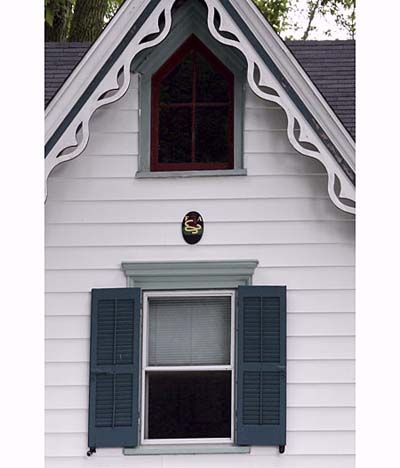
When adding storm windows or screens, focus on enhancing rather than detracting from your home’s existing features. Proper installation and attention to detail can make these additions nearly invisible.
Choose storm windows with narrow frames to reduce their visual impact. Align the meeting rails of the storm windows with those of the original windows for a uniform appearance, and use dividers that match the pattern of the original panes. It’s important to avoid storm windows that obscure any decorative details of the original glass. Consider employing professional installation services for a precise fit and to minimize visual clutter.
Meet History Halfway
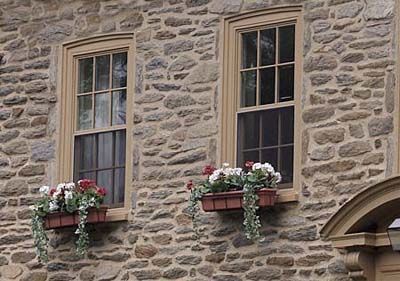
A hybrid approach can balance preservation and functionality for homes with fixed upper sashes in double-hung windows. This method allows you to maintain the historic appearance while improving energy efficiency and ease of use.
Reglaze and weatherstrip the upper sash of your windows while installing a storm window or screen on the lower sash, which can provide ventilation. Magnetic interior storm windows offer a reversible, practical, and noninvasive solution.
For even greater energy efficiency, consider using double-glazed panels. Additionally, experimenting with different weatherstripping materials can help you find the best results for enhanced insulation and performance.
Keep Window Panes in Proportion
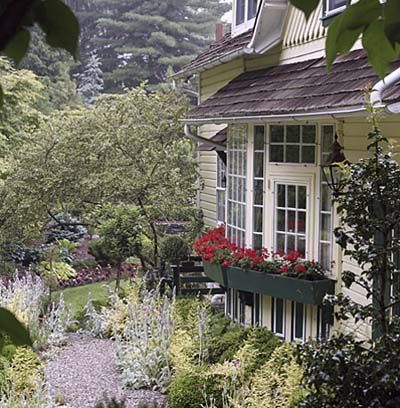
Consistency in windowpane size and proportion is key to creating a cohesive look, especially when adding new windows to capture light and views.
Make sure the size and shape of windowpanes are consistent across all windows in your home. Use uniform muntin patterns throughout to create a cohesive design. When adding new windows, consider how they fit into the overall facade composition, integrating design elements that align with the home’s original architecture.
Additionally, confirm that the pane proportions complement interior and exterior decor to preserve a balanced aesthetic.
Allow Us To Repeat Ourselves (and Repeat Your Windows!)
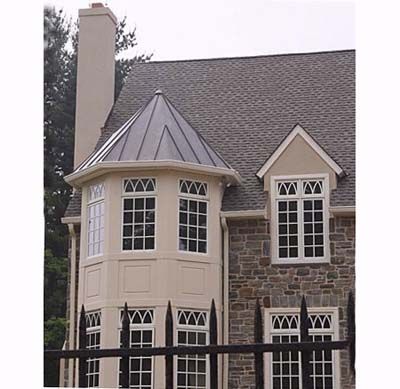
Repetition in window design creates a pleasing visual rhythm and enhances the overall aesthetic of your home. This principle applies to both historic and contemporary architecture.
Use consistent window styles and sizes across each floor or facade of your home. Whenever possible, align the windows vertically and horizontally to create visual order. Symmetry is fundamental on the front facade, where balanced window placement enhances curb appeal.
At the same time, reproducing identical trim and frame styles across multiple windows helps maintain uniformity while incorporating repetitive window elements that foster overall harmony in the design.
Double or Triple Up On Windows

When renovating or adding to a home, grouping windows can create a striking visual impact while maximizing natural light and views. This makes it incredibly important to match the style and proportions of the existing ones for a seamless look. Consistent trim and framing help unify the grouped windows, creating a cohesive design.
Additionally, consider the interior layout and furniture placement to make sure the window groupings complement the space. Opt for structural reinforcements to support more prominent or extensive window arrangements if necessary. Finally, employ creative window treatments that effectively balance light and privacy needs.
Preserve or Duplicate Original Window Trim
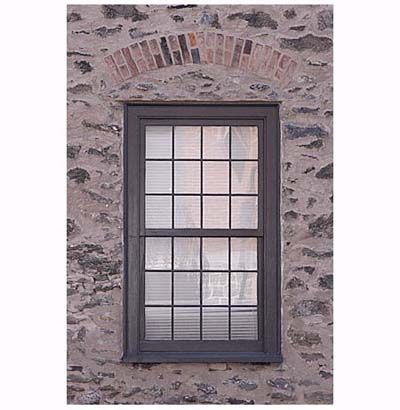
Window trim plays an important role in defining the character of a home. Pay close attention to the trim details when replacing windows or adding new ones.
Before starting any work, measuring and documenting the existing trim profiles for accuracy is necessary. Use high-quality materials that closely match the original, and consider custom millwork if exact replicas of historic trim profiles are needed. Preserve any salvageable trim components to maintain the home’s authenticity whenever possible.
Additionally, explore modern materials that mimic the appearance of traditional woods for enhanced durability while preserving the original look.
Someone Should Get to the Bottom of These Windows

Neglecting integral window components, such as sills, can detract from the overall appearance and functionality of your windows. Inspect your window sills regularly and repair or replace damaged ones to maintain structural integrity. Verify proper flashing and drainage are in place to prevent water damage.
Upgrading to more durable materials can improve the longevity of your sills, reducing the need for frequent repairs. Regular cleaning is also important to prevent buildup and deterioration. Applying a protective sealant for wooden sills can further extend their lifespan and protect against the elements.
Windows Terminology
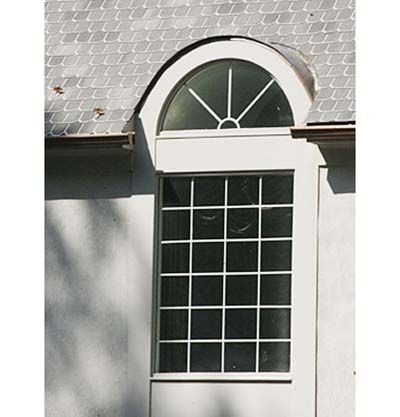
Understanding window terminology can help you make informed decisions when selecting new or replacement windows. Key terms to know include the following:
- Argon gas: An inert gas used between panes to improve insulation.
- Insulated glass units: Double or triple-pane windows with gas-filled spaces for improved energy efficiency.
- Low-e glass: Glass coated to reflect infrared light, enhancing energy efficiency.
- Simulated divided lights: Windows that use grilles to mimic the appearance of true divided lights.
- True divided lights: Windows with individual panes of glass separated by muntins.
Use Plenty of TLC for Windows
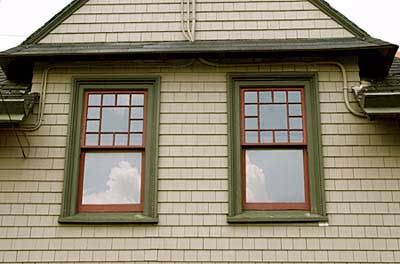
Regular maintenance is necessary for preserving the beauty and functionality of your windows. Implement these maintenance practices:
- Address any signs of water damage or rot promptly to prevent further issues.
- Clean windows and tracks regularly to prevent dirt buildup.
- Inspect and replace weatherstripping as needed.
- Lubricate hinges and locks for smooth operation.
- Schedule professional inspections periodically to catch potential problems early.
Our Conclusion
Windows provides both the beauty and functionality of your home. By respecting architectural integrity, balancing preservation with energy efficiency, and maintaining consistency in design, you can enhance your home’s windows while preserving its character.
